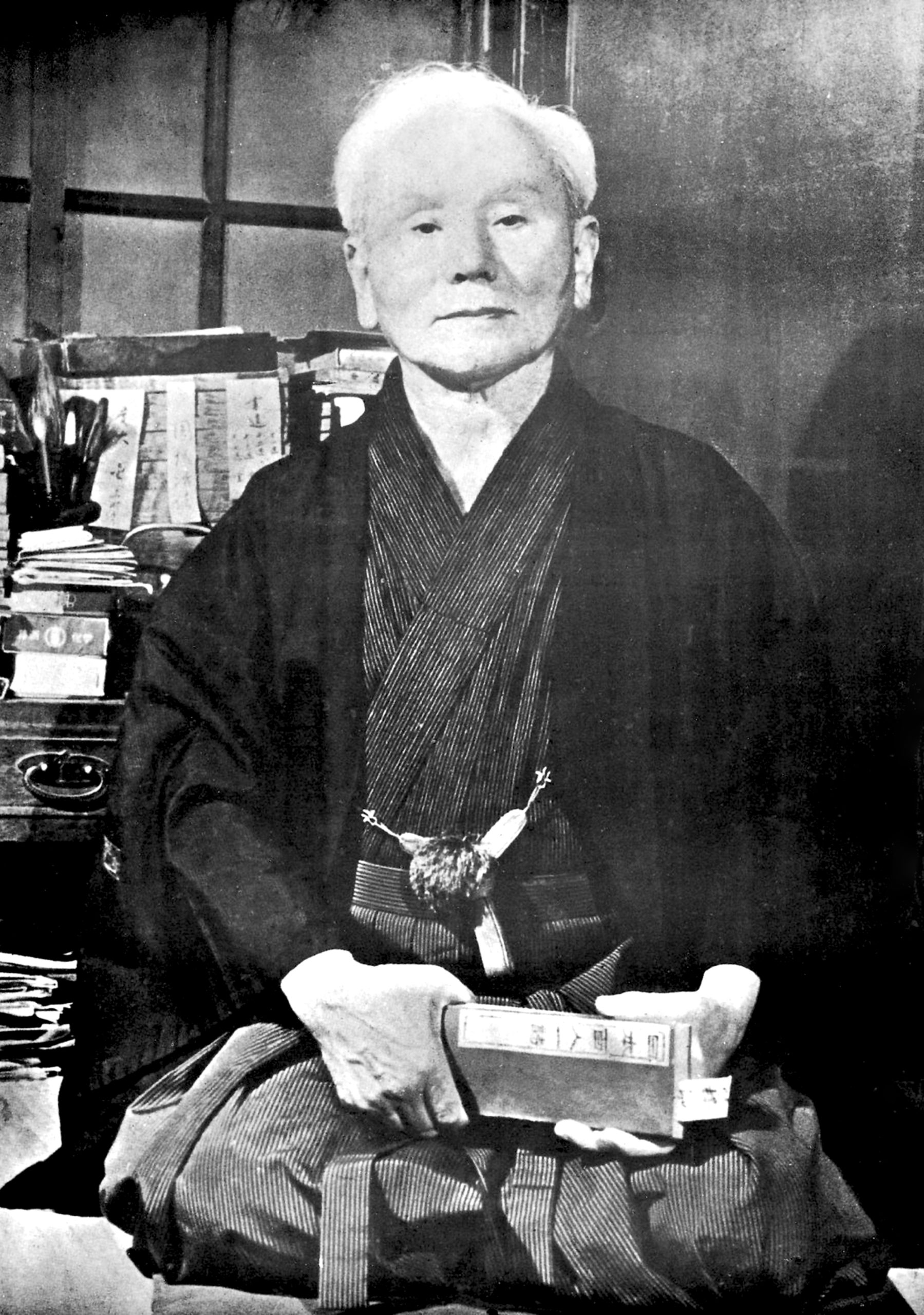松濤館 空手道
KARATE
SHOTOKAN
“No matter how much you excel in the art of Karate or in your studies, nothing is more important than your behaviour and your humanity as observed in daily life.”
– Gichin Funakoshi –
KARATE-DO
Karate is a martial art that anyone can practice — regardless of age, gender, or physical condition — and can be taken up at any stage of life. Its systematic training of arms and legs develops not only effective self-defence techniques but also qualities that enrich everyday life: discipline, focus, inner calm, and resilience.
Originally, the word karate (唐手) was written with the kanji kara (唐), meaning “Tang” or “China,” referring to the influence of Chinese martial arts — particularly kenpō (拳法) — on the Okinawan fighting systems. Thus, karate originally meant “Chinese hand.” Only later was the kanji changed to 空 (“empty”), giving rise to the modern term karate-dō (空手道), “the way of the empty hand,” reflecting a philosophical evolution focused on inner refinement and non-violence.
Traditional karate practice is built on three fundamental pillars: kihon (基本, basic techniques), kumite (組手, sparring), and kata (形, formal sequences). Kihon provides the technical foundation, forging coordination between left and right sides of the body and synchronising breath with movement — essential for generating power and cultivating balance. These core techniques are then tested and refined in kumite, where the practitioner learns to harmonise with an opponent, control emotions, and develop mental clarity under pressure.
Kata unites both kihon and kumite into a dynamic, flowing form: a choreographed sequence of movements representing defence against multiple imagined attackers. This solo practice sharpens rhythm, timing, and awareness while deepening the understanding of combat principles and body mechanics.
As the practitioner progresses, karate becomes more than just a physical discipline. It fosters self-awareness, emotional control, and inner harmony. Through dedicated training, one gradually learns to master the mind and transform conflict — both internal and external — into clarity. This lifelong journey is called the Dō (道): the way of knowledge, self-mastery, and inner peace.

Gichin Funakoshi (1868-1957) | Father of modern Karate.
SHOTOKAN
Shotokan (館 kan, hall or house) literally means “The House of Shoto”, where Shoto (松濤 shōtō, “pine waves” or “breeze through the pines”) was the pen name Master Funakoshi used to sign his poetry. It was in fact his students who raised a sign above the entrance of the dojo where he taught, bearing the inscription Shotokan. From that moment, the term began to be used to refer to the type of karate practised by Funakoshi, even though he himself never gave his style a name, continuing to refer to it simply as Karate.
Nonetheless, he had a clear vision of the principles on which his discipline should be based, so much so that he summarised them in the Nijū Kun — the Twenty Priecepts of Karate.
猫武会
discover more
Contact Us
CLASSES
KARATE
Tuesday 5:30pm – 7:00pm
Thursday 7:00pm – 8:30pm
TAISŌ
Tuesday | 7:30pm – 8:30pm
Thursday | 5:30pm – 6:30pm
Where we are
Garsington Village Hall
Wheatley Road, Garsington
OX44, Oxford
Horspath Hub
The Old Chapel, Horspath
OX33 1RP, Oxford
